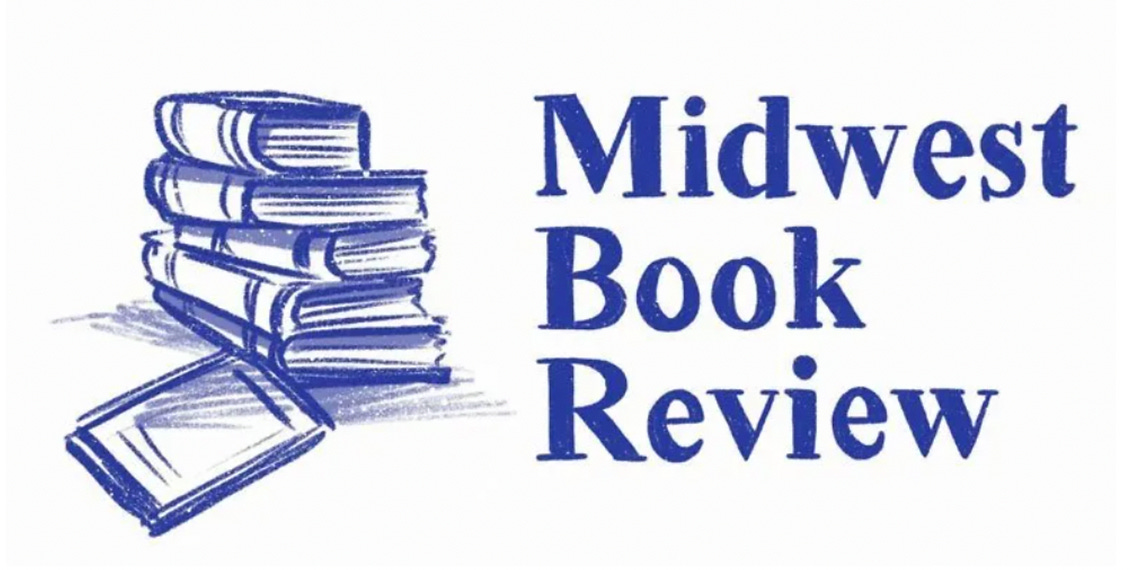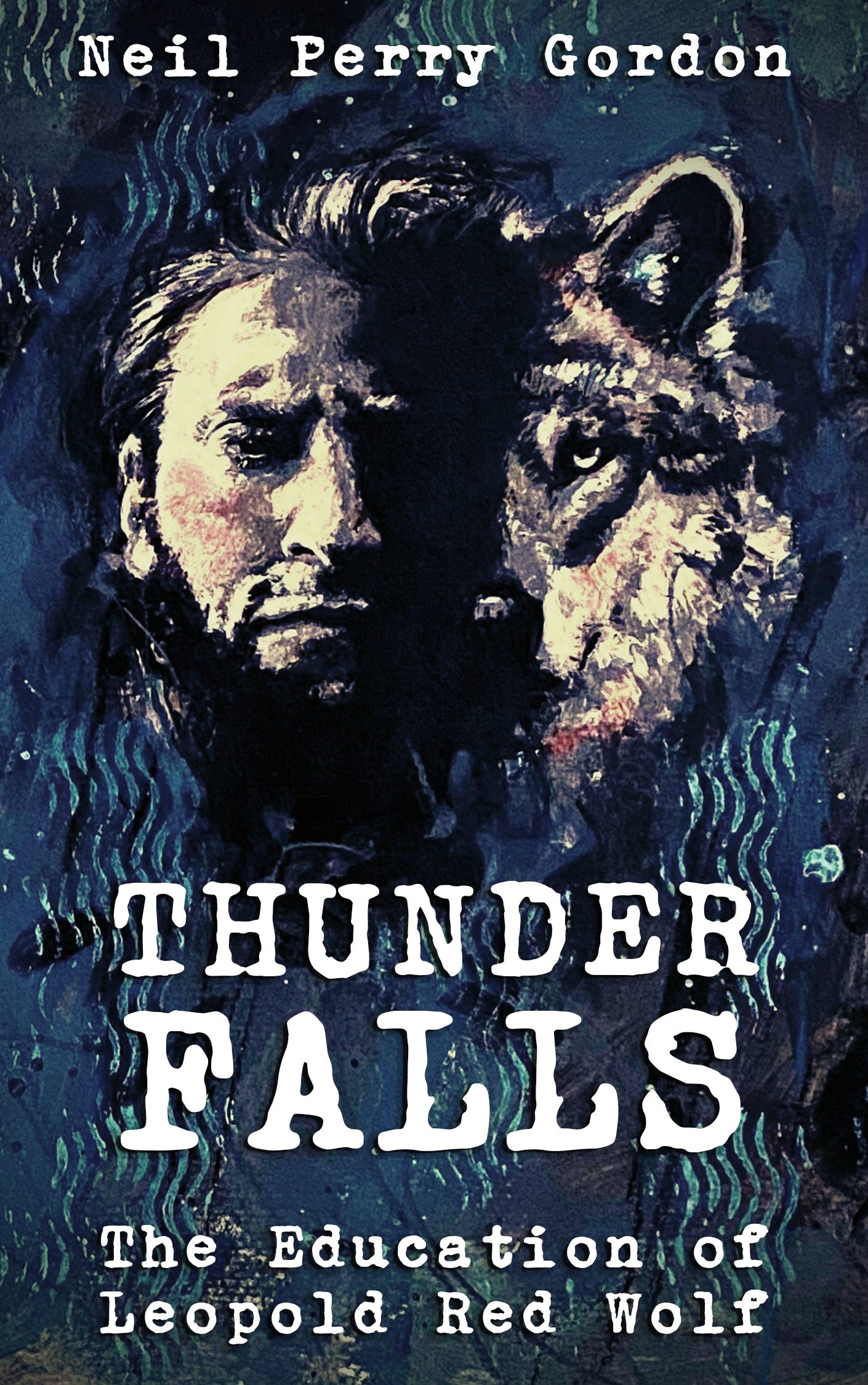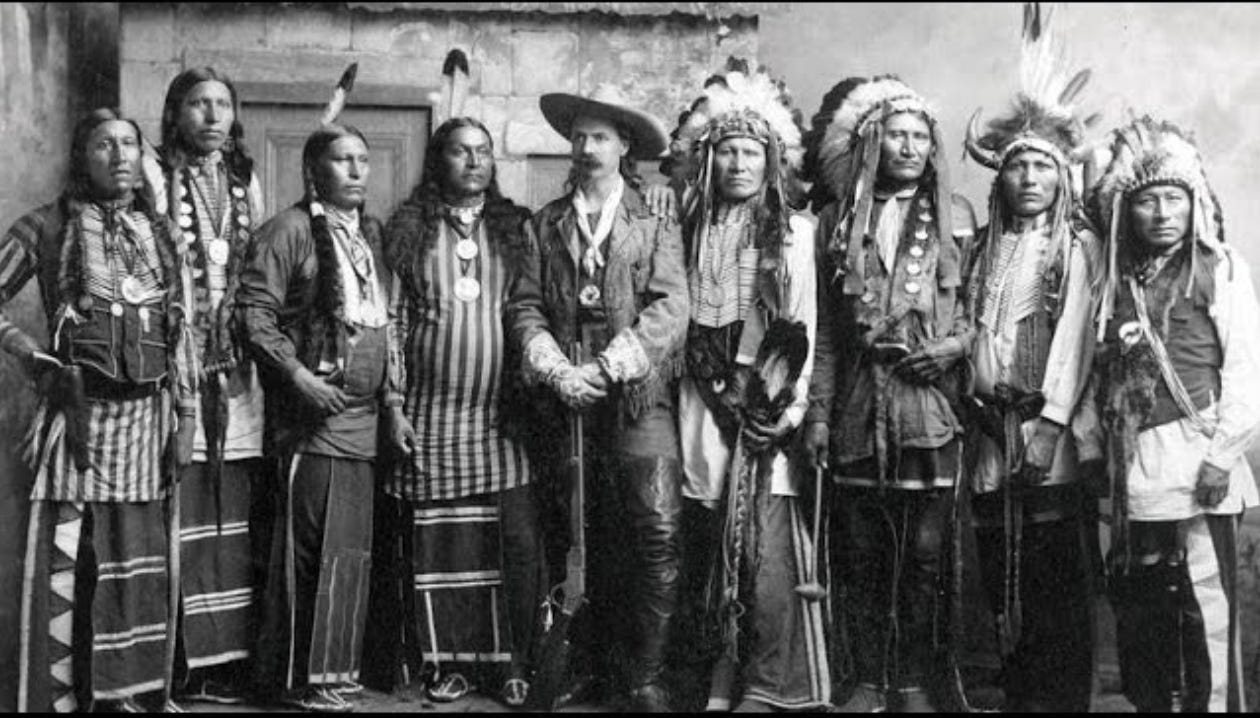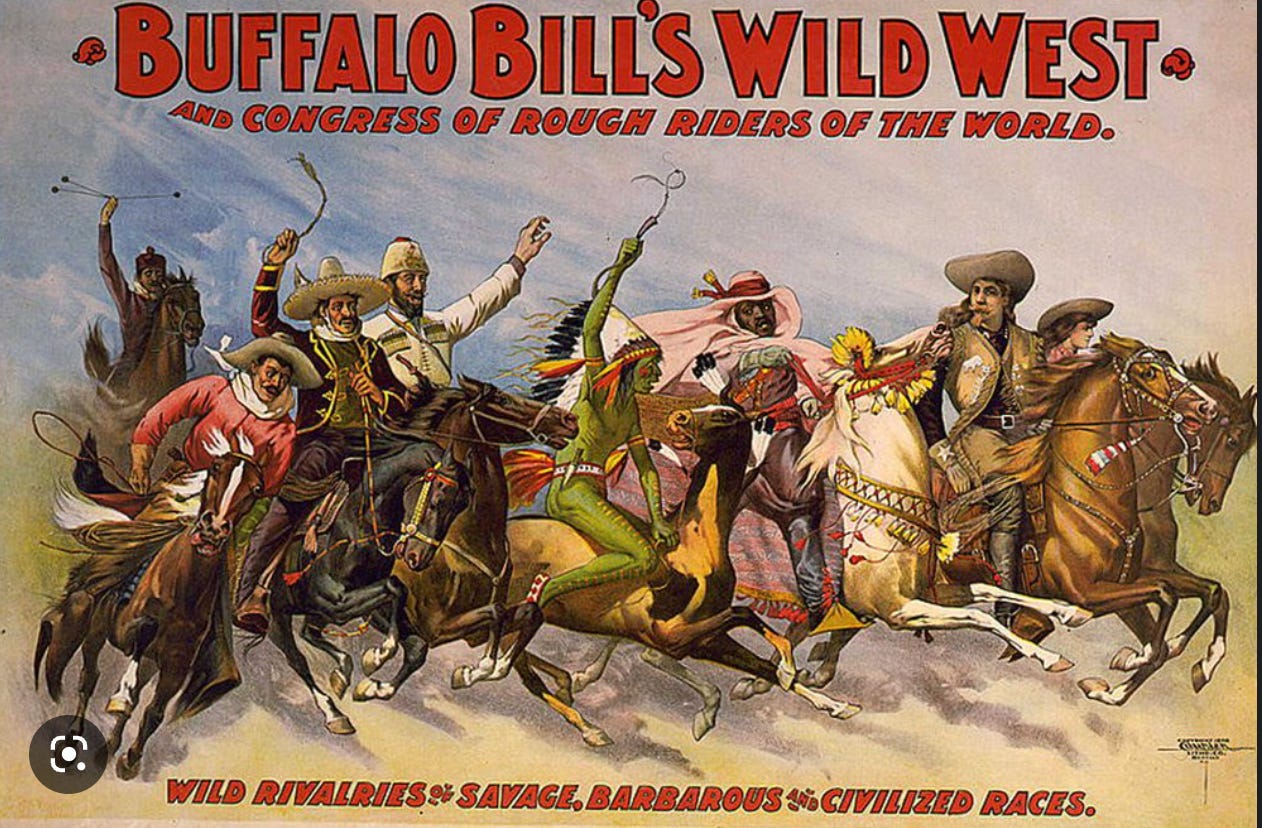Neil Perry Gordon juxtaposes fictional drama with historical fact in a satisfying way, bringing to life the milieu of the late 1800s and the political influences on Native American lives and futures
MIDWEST BOOK REVIEW - Thunder Falls – The Education of Leopold Red Wolf
EDITORIAL REVIEW FOR THUNDER FALLS:
Thunder Falls: The Education of Leopold Red Wolf belongs in any collection strong in Western fiction and Native American literature. It explores the evolution of protagonist Leopold Wolf in the mid-1800s. His journey led him to become an outspoken Native American rights advocate at an era when the concept of Native rights was barely an idea, much less a reality.
The roots of Wolf's quest actually begin when he is eight and observes his mother's terrible death when a cannonball is fired through their house by the Confederacy during the opening days of the Battle of Carlisle. Tasked with taking care of his father at too young an age, Wolf grows up with the weight of the adult world on his young shoulders. This sets the stage for his later involvement in the Carlisle Indian School, which employs Wolf and Son Woodworking in a much-needed building job.
Little did he realize that the business arrangement would lead to social change and revised purpose in his life: "Much as I was involved in crafting every inch of those structures, what I didn’t know was how my life was going to change once the Carlisle Indian School opened its doors, and how my narrowed outlook on the world would cease to exist."
Neil Perry Gordon juxtaposes fictional drama with historical fact in a satisfying way, bringing to life the milieu of the late 1800s and the political influences on Native American lives and futures.
As Wolf comes to many new realizations that revolutionize his life trajectory, so readers absorb the politics and influences of times which lead Wolf to make uncommon decisions that lead him to become an advocate for Native Americans.
The story unfolds a rich contrast between ethical and moral values and the social compass of changing White society and Native Americans alike as issues of assimilation, repression, and civil rights rise to the forefront.
This showcase of history encourages important dialogues between contemporary readers and book clubs interested in the too-wild West and methods by which it was perceived, tamed, and controlled.
Libraries and readers seeking a fictional story that attracts with realistic scenarios and influences will find Thunder Falls a powerful social observation of many of the forces in this bygone world which continue to influence behaviors and choices today.
The story concludes in a cliffhanger which portends further coverage of Wolf's journey and education, maintaining that, despite all the events that have influenced him, his real education is just beginning.
~ D. Donovan, Sr. Reviewer, Midwest Book Review
Thunder Falls chronicles the transformation of Leopold Wolf from a naive young man into an outspoken advocate for Native American rights during the late 1800s.
Leo and his father, Isaac, work for the Carlisle Indian School, an institution governed by the motto “kill the Indian, save the man” and notorious for its harshness, Leo witnesses the abuse, neglect, and victimization of children under the institution’s care and resolves to help them gain the respect their culture deserves.
Leo’s quest takes him to Lakota territory, where elder and holy man Black Elk has a vision of Leo recovering the tribe’s Sacred Pipe, stolen years ago. Leo’s journey into—and under—the Black Hills reveals extraordinary phenomena about the Lakota and about himself. In the caverns of the Black Hills, Leo encounters the red wolf, Thunder Falls, and the Soul Tree, all of which guide him toward his destiny. While pursuing the eternal love of Sarah Cameron—niece of a senator notorious for his enmity against the Lakota—and fighting for Native American rights, Leo crosses the country with Buffalo Bill’s Wild West Show and ultimately risks his life for the people he has come to care for.
LISTEN TO THE FIRST TWO CHAPTERS HERE:
Tom Torlino was a Navajo student who attended the Carlisle Indian Industrial School in Pennsylvania, a boarding school that was established in 1879 with the goal of assimilating Native American children into white American culture. Torlino is known for a series of before-and-after photographs that were taken of him by the school's founder and superintendent, Richard Henry Pratt, in the late 19th century.
The photographs, which were taken in 1882, show Torlino before and after he had undergone a process of "civilizing," which involved cutting his long hair, dressing him in Western clothing, and teaching him English and other American customs. The before photograph shows Torlino wearing traditional Navajo clothing and long hair, while the after photograph shows him dressed in a military-style uniform, with short hair and a blank expression.
The photographs have become famous for the way they illustrate the impact of the boarding school system on Native American children, and the ways in which Native people were forced to assimilate to white American culture. Torlino's story, and those of countless other Native American children who attended boarding schools, are part of a larger history of colonialism and cultural erasure in the United States.
Despite the harsh treatment that he and other Native American students endured at boarding schools like Carlisle, Torlino went on to live a full life after leaving the school. He served as a Navajo code talker during World War I, using his language skills to transmit coded messages for the U.S. military.
Black Elk was a revered medicine man, spiritual leader, and teacher of the Lakota people. He was born in 1863 in present-day South Dakota and lived through a tumultuous period in the history of the Lakota and other Native American tribes, including the conflicts with the United States government and the Battle of Little Bighorn.
Black Elk is best known for his role in the Ghost Dance movement and for his account of his life and spiritual experiences, which were recorded and later published as the book "Black Elk Speaks" by John G. Neihardt. In the book, Black Elk recounts his visions and spiritual journey, which he believed were a calling from the Great Spirit to heal his people and help restore balance and harmony in the world.
Black Elk's teachings and vision emphasized the importance of living in harmony with the natural world, respecting all living things, and seeking spiritual guidance in order to find one's purpose and place in the world. His legacy as a spiritual leader and teacher has had a profound impact on generations of Lakota people and others around the world who have been inspired by his vision and teachings.
In addition to his spiritual leadership, Black Elk was also a skilled healer and medicine man, known for his ability to cure illnesses and help people find physical and spiritual balance. He died in 1950 at the age of 87, leaving behind a powerful legacy as a spiritual leader, teacher, and healer.
WHY DID THE CHIEFS JOIN THE BUFFALO BILL’S WILD WEST SHOW?
Several Native American chiefs joined Buffalo Bill's Wild West Show during its tours in the late 19th and early 20th centuries. There were a few different reasons why these chiefs chose to participate in the show:
Economic reasons: Many Native American communities were struggling economically at the time and saw joining the show as a way to earn money and support their families. The pay offered by the show was often better than what they could earn on their reservations or through other means.
Cultural exchange: Some Native American leaders saw the show as an opportunity to share their culture and traditions with a broader audience. By participating in the show, they could help educate non-Native people about their way of life and combat negative stereotypes and misunderstandings.
Diplomacy: For some Native American leaders, joining the show was a way to build relationships with non-Native people and government officials. By appearing in the show, they could demonstrate their willingness to work with the U.S. government and promote peace between their people and the broader society.
WHAT WAS THE BUFFALO BILL’S WILD WEST SHOW?
Buffalo Bill's Wild West Show was a traveling exhibition that showcased various performances and reenactments of life in the American Old West. It was created by William F. "Buffalo Bill" Cody, a legendary figure who was a skilled buffalo hunter, army scout, and showman.
The show included a wide range of acts and performances, including horseback riding stunts, shooting demonstrations, Native American dances and songs, cowboy and cowgirl riding and roping, and reenactments of historical events like the Battle of Little Bighorn. It also featured notable figures from the American West, including sharpshooter Annie Oakley and Sitting Bull, the Sioux chief who led his people in the fight against the U.S. government.
Buffalo Bill's Wild West Show toured extensively throughout the United States and Europe, gaining widespread popularity and influencing popular culture of the time. It provided audiences with a glimpse into the exciting and adventurous world of the American West and helped to establish Buffalo Bill as a legend of the American West.
Neil Perry Gordon is a well-respected and prolific novelist of historical and metaphysical fiction. He has written several novels, including A Cobbler's Tale, Moon Flower, The Righteous One, The Bomb Squad, Hope City, Sadie's Sin, Cape Nome, Otzi's Odyssey, Denali, Thunder Falls, and The Nazarite. Neil's work has earned high editorial praise from several notable publications, including Kirkus, Midwest Book Review, and Book Viral, as well as hundreds of positive reviews from readers on Amazon and Goodreads.
Neil's education at the Green Meadow Waldorf School is what he attributes to his love of writing. He was taught that music, dance, theater, writing, literature, legends, and myths were not just subjects to be learned, but lessons to be experienced.
Neil's writing process is described as organic, meaning he begins with a premise for his characters and lets the story unfold from there, rather than working from a detailed outline. This approach results in surprising twists and unexpected outcomes, which readers have celebrated. His novels are known for a balance between character development and fast-paced action, which keeps the story moving at a swift pace.










